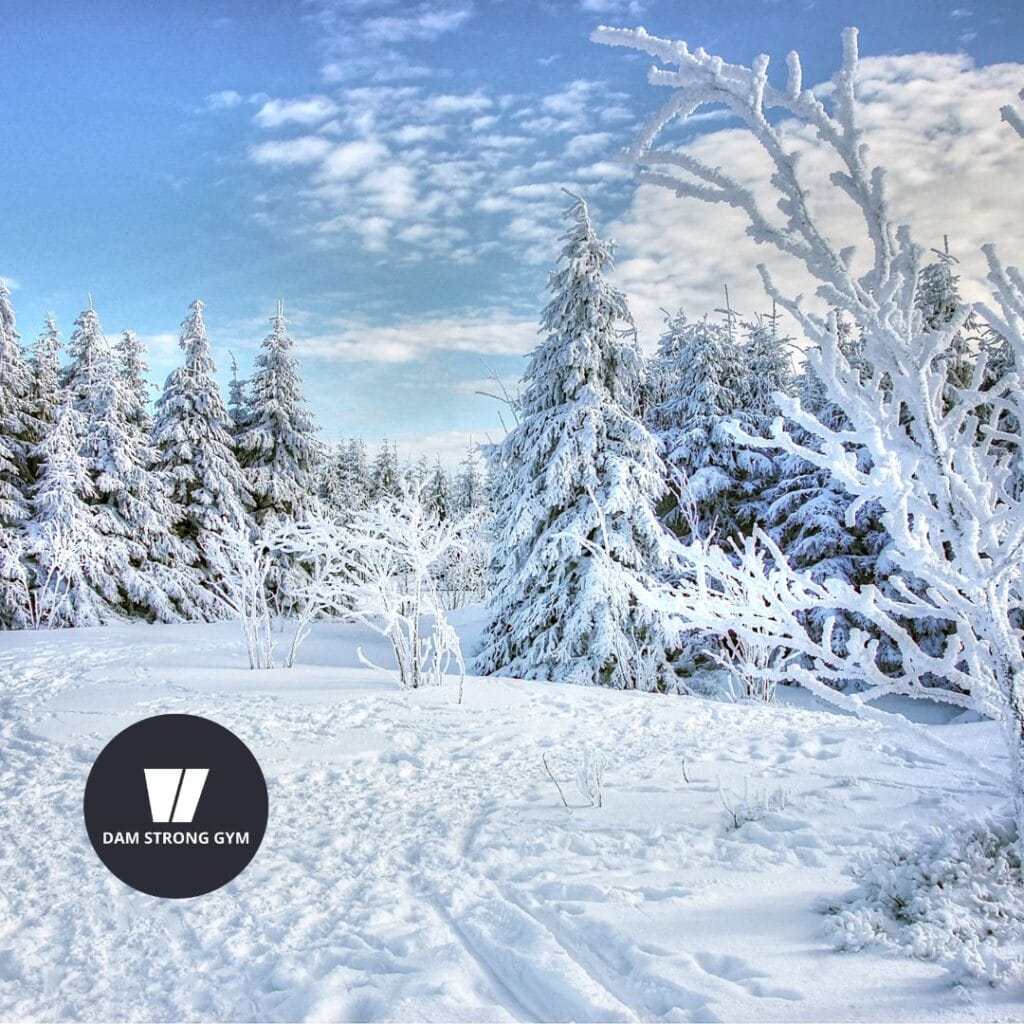Here are some tips to help us dress for outdoor Winter training in the UK. Winter is coming and it gets cold in the UK so we need to dress correctly and we will enjoy outside training more:
1. Dress ‘Dry,’ Not Just ‘Warm’
The quickest way to lose body heat is to lose it through water. Because water is an efficient heat conductor — moving heat away from the area of highest concentration (your body) to the lowest (cold air outside) — being wet will quickly leave you chilled and miserable. If you’re cold and wet you may be more inclined to cut your workout short. This could be from sweat or rain. Wear some sweat-wickng fast drying base layers and a good breathable coat.
2. Layer Up
Sweat-wicking clothes are important but do not forget you also need layers to trap warm air next to your body and keep out the elements.
Here’s how to layer up for winter workouts.
-First, put on a thin base layer made of synthetic fabrics (discussed above) to help pull sweat away from your skin. This could be long sleeve or short sleeve.
-For pants and socks consider wool or a or synthetic blend as this is fast drying and best next to skin.
-Next wear a t-shirt, if poss a wicking one will be best.
-If it’s really cold outside, wear a middle layer (you could wear a few of these) such as polar fleece, for extra warmth.
-Then, add an outer layer (or shell) to protect you from wind, snow, and rain.
Depending on the weather, your outer can be a lightweight nylon windbreaker, or a heavyweight, waterproof jacket. Note that the more water-repellent the shell, the less it will allow moisture from the inside (your sweat) to escape, even if you’re wearing the proper base layer.
You could go for a Gillet, to just protect your core.
3. Protect Your Extremities
Head, Fingers, ears, nose, and toes are affected most by chilly temperatures because blood is shunted to the core of the body, leaving less blood (and subsequently less heat) available to hands and feet.
To keep your extremities from freezing, wear a hat or headband and gloves. You can always take them off and tuck them in a pocket if you get warm. Do not forget your feat, thick socks are great!
If you find your toes getting particularly chilly, consider the design of your shoes. Running shoes are designed to let heat escape, but in chilly weather, the cold comes right in. So thicker socks and an oversized shoe might be needed.
4. Check Your Traction
Winter workouts can get slippery if rain, snow, or ice is involved. If any of these elements are present, stay on the salted surfaces, and on the astro turf of the gym
Wear some trail shoes that has great grip, Hooka and Altra are my favourites at the moment.
Remember We are Dam Strong, the great outdoor winter training provider
Colder weather requires a longer warm-up and your coach will do just that, warm you up correctly. They will do Dynamic warm-ups increase blood flow and temperature in the muscles which, in turn, helps decrease the risk of injuries.
Our coaches know best dynamic warm-up for you depend on what type of workout you’re doing.
It is best to start your workout with the correct layers on and take off layers as you warm up.

Also our gym is a hybrid facility and it has a cover, this will keep the worst of the elements off us allowing for proper performance to happen. Book your No Sweat Intro now to get started Or join this facebook page for more tips.
